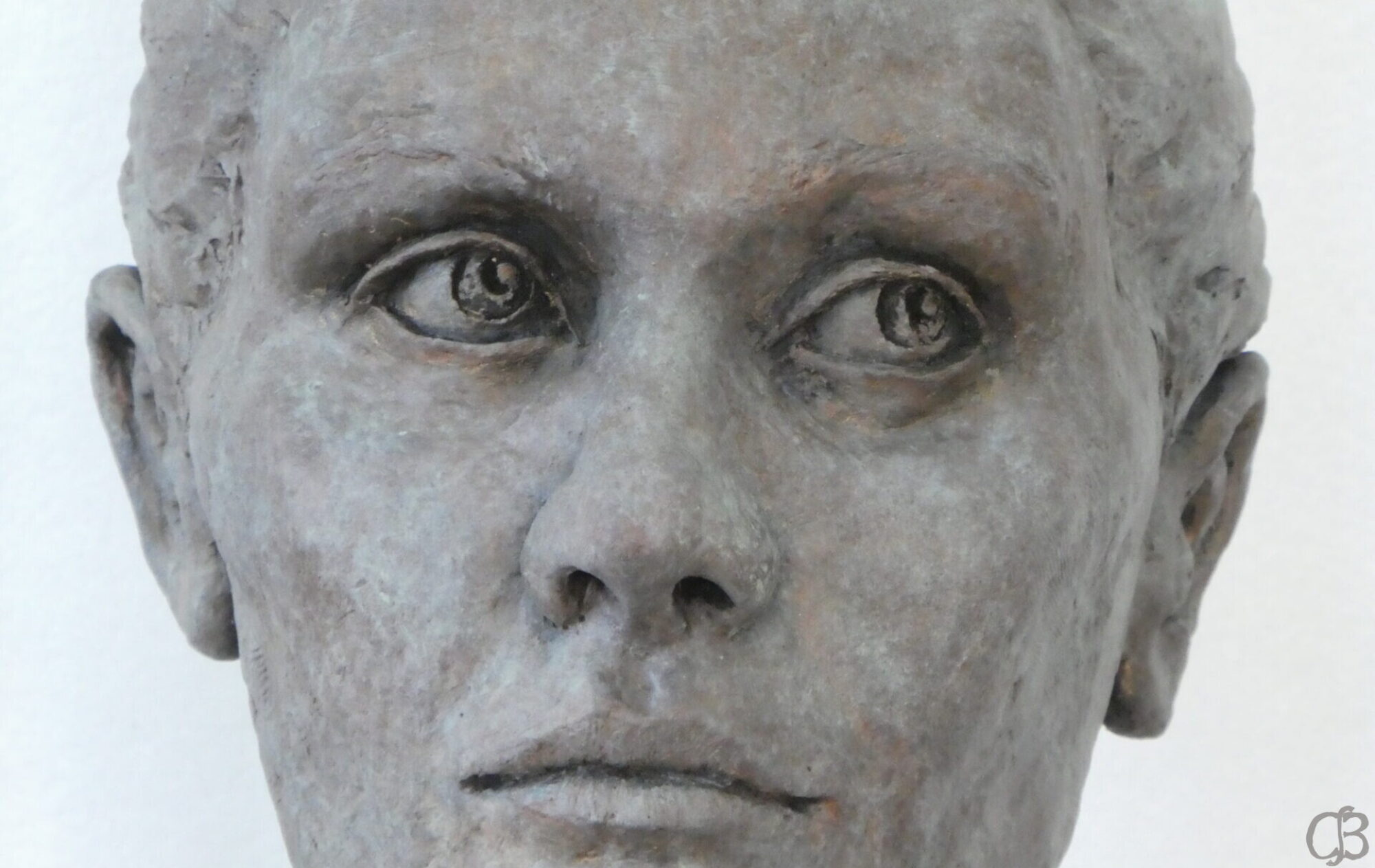Clay is a naturally occurring material, and as such comes in considerable variety, from the finest china clay to coarsely grogged earthenware, but all types are a wonderful material for the sculptor.
Soft and malleable, it can be formed into all kinds of shapes and textures with or without tools; pushed and pulled by the hands; burnished to a perfect finish; stretched and broken to rough craters and torn edges. Whatever suits the subject in hand can be achieved in clay.
Two methods
A clay sculpture cannot simply be left to dry out. Unfired but dry clay is a relatively fragile material which could easily be shattered or cracked, and it gradually loses the glossy freshness of damp clay and becomes dusty and drab. There are two ways of addressing this:
- Building pieces to be cast: reproduction of the sculpted form into some other material such as bronze, plaster or bronze resin
- Building pieces to be fired: the clay piece is fired at high temperature
The two methods require a completely different way of working form the beginning, and as with all procedures each has its own possibilities and restrictions.
